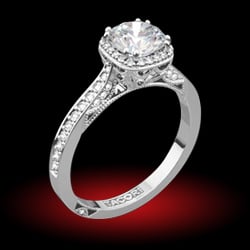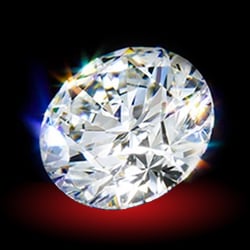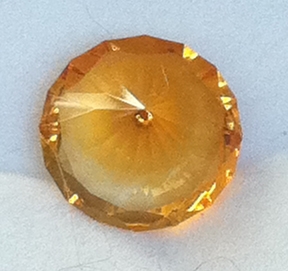skingsland
Shiny_Rock
- Joined
- May 16, 2010
- Messages
- 150
Apparently, I damaged a concave cut sapphire I was looking at. I didn't notice any problems with it when I sent it back, but supposedly there is a huge chip on the culet.
I haven't seen any photos yet, but assuming this is the case... how easy is it to damage a sapphire? Is it enough to drop it on the floor, or hold it wrong with the tweezers that jewelers use?
I thought that sapphire was the hardest substance on earth, after diamond. So even though I was careful with the sapphire, I thought the greater risk was losing the tiny gem, as opposed to scratching or chipping it.
Thanks in advance for your feedback; this is probably going to be a very costly lesson for me to learn.
I haven't seen any photos yet, but assuming this is the case... how easy is it to damage a sapphire? Is it enough to drop it on the floor, or hold it wrong with the tweezers that jewelers use?
I thought that sapphire was the hardest substance on earth, after diamond. So even though I was careful with the sapphire, I thought the greater risk was losing the tiny gem, as opposed to scratching or chipping it.
Thanks in advance for your feedback; this is probably going to be a very costly lesson for me to learn.











300x240.png)